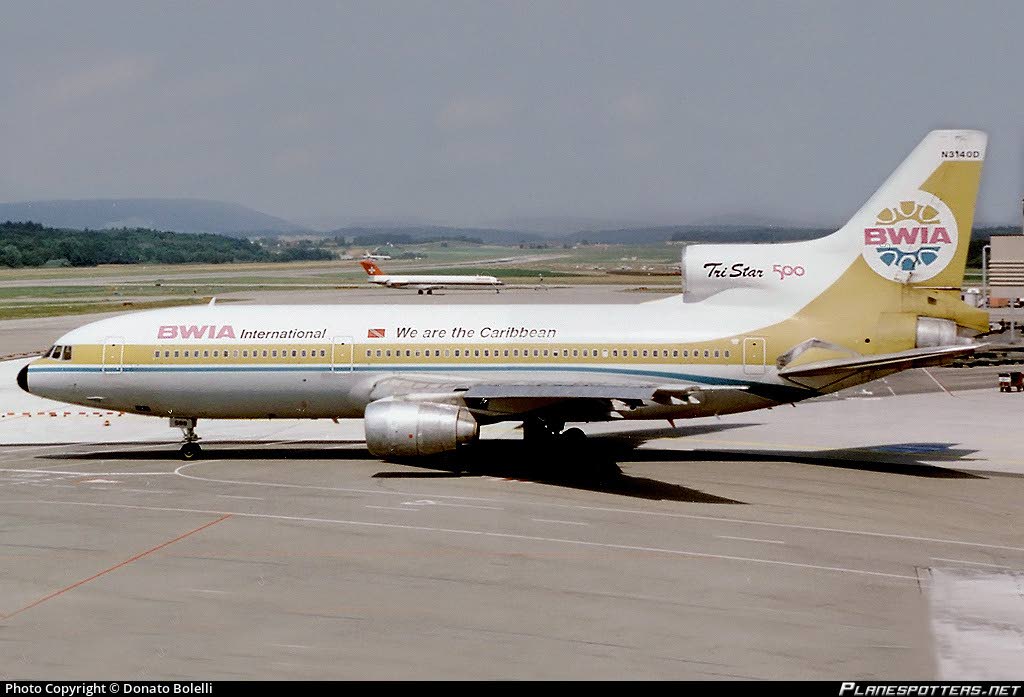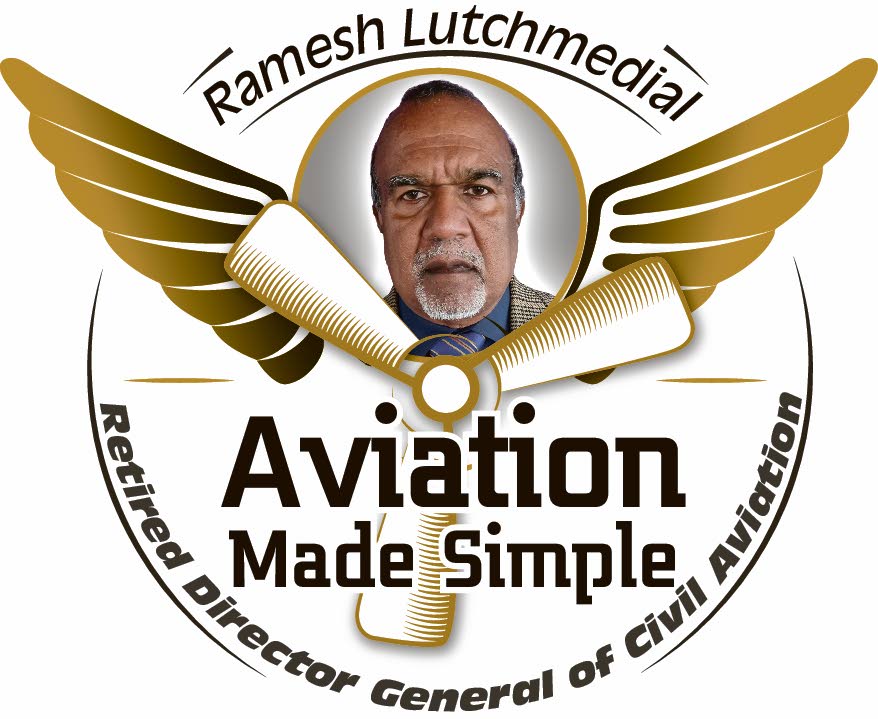Exploring aviation terminology's origins

Several aviation terms have their origins in the maritime industry, which preceded air transport.
Before the International Civil Aviation Organization (ICAO) came into existence in April 1947, the term "flag carrier" was used to identify airlines whose aircraft had the flag of the country in which the airline was based painted on their fuselages. This followed maritime laws that required ships to fly the flags of the countries where they were registered.
With the cross-border operation of aircraft, the ICAO established standards for the nationality and registration markings for all aircraft. All ICAO member states were assigned nationality markings.
TT was assigned 9Y; the US, N; Canada, C; and the UK, G. The registration markings immediately follow the nationality markings, are assigned by the individual countries and consist of alpha-numeric characters. For example, an L1011-500 aircraft operated by BWIA and registered in the US had the nationality and registration markings: N3140D.
All nationality and registration markings must be painted on one of the lower wings and on both sides of the fuselage, preferably on the tail of the aircraft, using clear and visible Roman capital lettering and Arabic numbers without ornamentation to specified sizes.
This allows the aircraft to be easily identified as either a friend or foe in the event the aircraft makes an unauthorised incursion into another country’s sovereign airspace and is intercepted by military aircraft.
All aircraft must have two identification plates made from fireproof material and attached to the aircraft, normally in the forward passenger door jamb. The first must be inscribed with the aircraft serial number, make, model and the name of the manufacturer. The second plate must be inscribed with the nationality and registration markings and the name and address of the owner.
In the event of a total loss of an aircraft in a crash, the plates can be used to identify the aircraft.
On September 1, 1983, a Boeing 747, Reg No HL-7442, on a scheduled Korean Airlines flight from New York City to Seoul via Anchorage, Alaska, was shot down by a Soviet Sukhoi Su-15 interceptor.
The aircraft was en route from Anchorage to Seoul, but owing to a navigational mistake by the crew, it drifted from its original planned route and flew through Soviet-prohibited airspace above sensitive military installations.
The Soviet Air Force treated the unidentified aircraft flying in the black of night as an intruding spy plane and destroyed it with air-to-air missiles, after firing warning shots. The Korean airliner crashed into the Sea of Japan, killing all 269 passengers and crew aboard.
As a result, the US altered tracking procedures for aircraft departing from Alaska. President Ronald Reagan also issued a directive making the American satellite-based global positioning system (GPS) freely available for civilian use.
Also, most aircraft now have logo lights installed, which illuminate the airline’s logo or name during night time to enhance recognition of the aircraft.
Another term that originated in the maritime industry is the insurance term "hull loss." When a ship was lost by sinking, it was deemed by the insurance underwriters a hull loss.

Similarly, when the fuselage of an aircraft is destroyed by an accident, it is deemed by underwriters a hull loss, a,s theoretically, the aircraft floats in the air.
"Starboard" and "port" are nautical terms for watercraft with bilateral symmetry with left and right halves, which are mirror images of each other, with port being the left side and starboard the right.
Before ships had rudders on their centrelines, they were steered with a steering oar at the stern of the ship, on the right-hand side, because more people are right-handed.
The term starboard derives from the old English term
steorbord, meaning the side on which the ship is steered.
Since the steering oar was on the right side of the boat, it would dock at a port with the left side adjacent to the port’s jetty;hence the left side was called port.
These terms migrated into aviation, with the left side of an aircraft being called port and the right side starboard, giving rise to such terms as starboard engines, etc.
All main passenger doors are on the port side of the aircraft. In the early days of air transport, there were no jet bridges, and passengers walked across the tarmac to board the aircraft using a mobile stairway.
To protect passengers from injury, all aircraft servicing is done on the starboard side. The cargo compartment doors are on the starboard side of the aircraft fuselage. The refuelling point is on the starboard wing. The catering of the aircraft is done through service doors on the starboard side of the fuselage.
The term "knot" is used to describe the speed of a ship: one knot represents one nautical mile per hour. A nautical mile is 6,076 feet, and a statute or land mile is 5,280 feet.
The nautical mile is longer because it follows the curvature of the earth. One degree of latitude is equal to 60 nautical miles. When a ship travels at a speed of 20 nautical miles per hour, its speed is described as 20 knots.
Likewise, aircraft flights follow the curvature of the earth and the term knot is used to describe their speed. The speed of an aircraft travelling at 450 nautical miles per hour is described as 450 knots. There is no such term as "knots per hour." The aircraft cockpit has an airspeed indicator, which simply provides a numerical display of the aircraft's speed in knots.
Ships and aircraft use navigation lights to indicate their relative positions. On a ship, a red light is installed on the port side of the ship and a green light on the starboard side. On aircraft, the lights are installed on the wingtips.
Finally, a galley is the place on a ship where meals are prepared to serve passengers. With the advent of passenger aircraft, the term galley was used to describe the locations in the passenger cabin for storing food and beverages to serve passengers.


Comments
"Exploring aviation terminology’s origins"